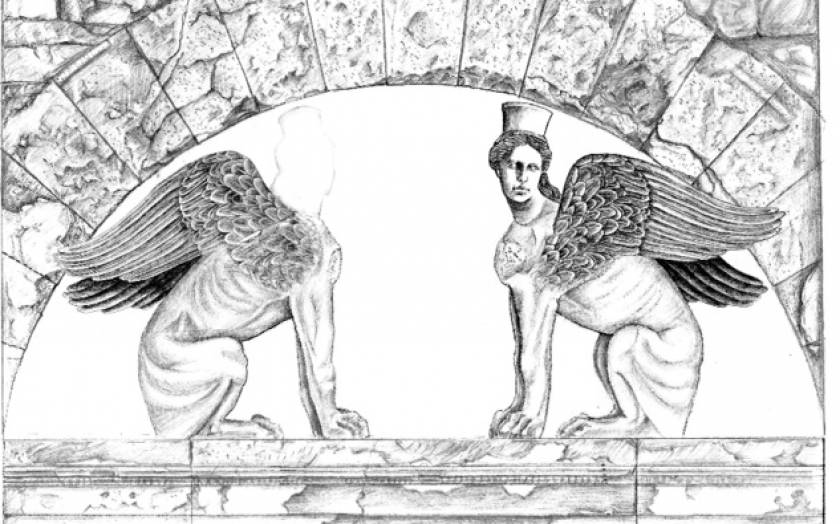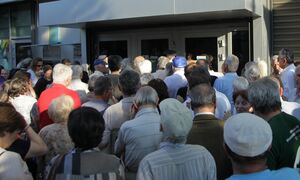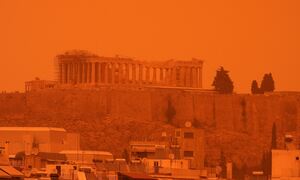Amphipolis: a cenotaph and heroon for Alexander the Great

"It is highly likely that there were other structures around the Kasta tomb", stresses the American archaeologist Dorothy King, who appears certain that the tomb is a cenotaph of Alexander the Great.
In dead end are the archaeologists in Kasta hill, since it turned out after the removal of soil from the third chamber, that there is no doorway leading to the next chamber.
After the new data, the multidisciplinary team of Mrs. Peristeri hopes now to find new findings in the third chamber, in which continues the removing of soil. The Secretary General Ministry of Culture, Lina Mendoni left open the possibility that there is a sealing wall in the floor of the third chamber and now the excavation team has focused its attention on that point. If the limestone found in the third chamber of the Kasta Tomb were part of a sealing wall, then the monument may be developing in depth.
The monument waits for the dead
The excavation team is now near the end of the excavation, without finding an answer to the riddle that torments for three months the entire international community.
There are many people who after the announcements of the Ministry of Culture, insist on the theory that the tomb is actually a cenotaph destined for a great person.
The famous British archaeologist Dorothy King watches and comment on the progress of the excavations of Amphipolis in her personal blog.
The archaeologist believes that the empty chambers, which are excavated, reinforce the version on the cenotaph built specifically for Alexander the Great.
"The short version is that the empty rooms and dead end support a cenotaph and heroon for Alexander the Great, which was not reused for anyone else since doing so with such an important tomb might have seemed presumptuous", writes in her blog, and continues, "the chambers were probably used for a cult of Alexander whilst they waited for his body to come home. The items once in there would have been removed before it was filled with soil to prevent it collapsing".
The archeologist also believes that "It is highly likely that there were other structures, whether the sarcophagi of later deceased or naiskoi to heroes and gods, around such an important tomb, and I am sure the archaeologists would have been looking for these and mapping them".
Finally she points out that: "Also based on parallels with the mound at Vergina, although there won't be remains from the pyre since there wasn't one, there are likely to be painted stele and other items deposited there. Based on other examples, and the fact that there was a lion on a base on top of the mound, I'd bet that there was other architectural sculpture on the exterior, for example it would be highly surprising if there were not a frieze. Since the lion etc were found some way from Kasta, the archaeologists will be looking around the area".













